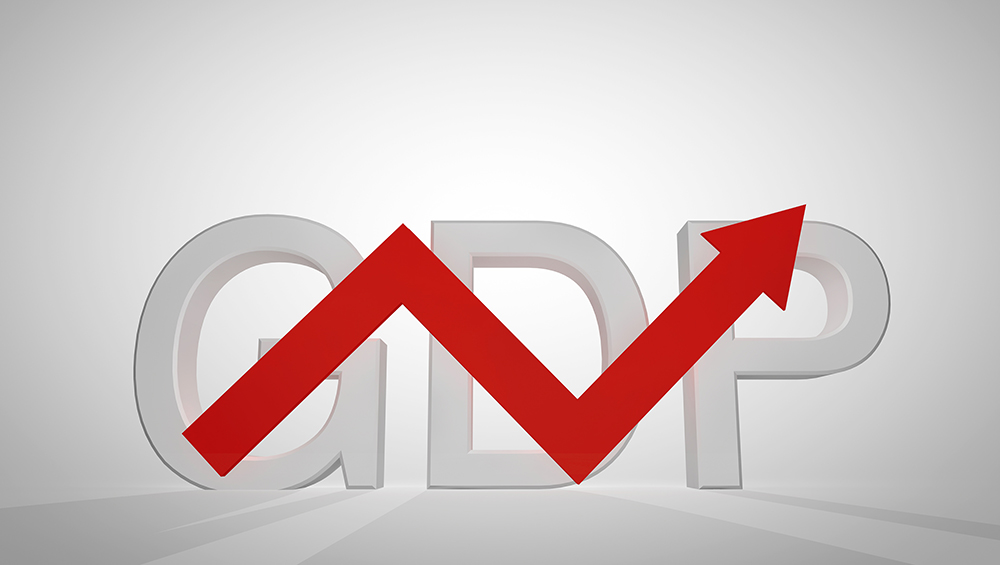
“What Could a Recovery Look Like?”
A recent article coming out of the Capital Group did a great job of outlining what a recovery from the Coronavirus could look like. The unbiased takeaways are that COVID-19 will certainly have (and already has) major impacts on the global economy but those will diminish over time. “What does the world look like in 2022?” It’s a question that they are focusing on, and one that is driving their decision making amidst the volatility that the world is coping with. What would be different and what would be back to normal by that time? It’s never easy to stand on one side of a valley and predict what the other side will look like but holding onto what will be the same can be reassuring.
What is the Global Market Outlook?
“The impact of COVID-19 will be with us for some time, certainly into 2021, but will have a diminishing effect over time.” – Rob Lovelace, Equity Portfolio Manager. Certain governments have taken swift and decisive action, and what we have learned from China, South Korea, and Singapore is that acting with this discipline has produced good results. The health results have translated to the stock markets where in China, stocks are down 15.9% since Feb. compared to a 25.2% decline in the U.S. There is, however, a balance that governments are weighing since the shutdowns provide a very big economic shock and shortening the length of that shock while still taking proper health precautions is where the tension arises. In the U.S., we are trying to decide which way we will go. We have made some tremendous initial moves, but the question is now how long the recession will last, and that is what is unsettling the market. The markets are recognizing that the different types of responses from governments will lead to different outcomes in the stock market. Either way, I believe we will get through this and end up in a better place 24 months from now.
How are Specific Sectors Reacting?
Certain sectors are benefitting from the pandemic while others are hit extremely hard. Pharmaceutical companies, consumer staples providers, and certain technologies are holding up quite well. We’ve seen this play out in recent hiring announcements made by some of the biggest players:
- Instacart: 300,000 “shoppers” over the next three months. Last Sunday, downloads of the delivery platform’s app were up 218% over February.
- Walmart: 150,000 workers who will undergo a 24-hour hiring process
- Amazon: 100,000 delivery and logistics workers
- CVS and Dollar General: 50,000 workers each
- Papa John’s and Domino’s: 30,000 staff combined
- Kroger: 10,000 workers across stores, distribution centers, and factories
On the flipside, and not surprisingly, restaurants, movie theatres, hotel chains, and other small local businesses are feeling the crunch. There is some light at the end of the tunnel if they can find relief in certain fiscal stimulus programs, but the speed and effectiveness of these packages are yet to be seen. One other point that the article does make is that there will be a global baby boom that emerges from the quarantines and social distancing. For this reason, consider being bullish on industries that cater to this trend.
What should we make of the Fed’s recent moves?
On Monday morning, the Federal Reserve announced a slew of emergency measures designed to bolster the flow of funds to companies ranging from large corporations to small businesses. Providing liquidity to the system is important and absolutely necessary. To help improve liquidity, the Fed has restarted quantitative easing (QE) with a commitment to purchase “what is required” in Treasury and agency mortgage-backed securities.
The good news is that unlike the Great Recession, the banks are healthy, in part because of the restructuring post 2008. Companies are drawing down lines of credit, and we are watching that closely. We will likely see government assistance to the aerospace, airline and hotel industries, similar to TARP in 2009. I also anticipate aid for hourly workers who may have reduced hours or lose their jobs here, as well as other forms of government support. What was originally seen and classified as a “knee jerk reaction” by the federal reserve is now starting to look like they were simply wanting to get ahead of the upcoming crunch. With the Federal Reserve’s actions known, investors are now looking to fiscal stimulus packages to stem the crisis. Assuming we can put partisan preferences aside, a significant stimulus from congress would be a decisive step in the right direction.
March 27th, 2020
